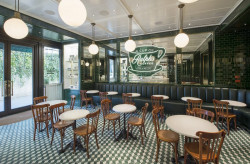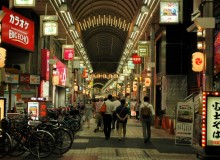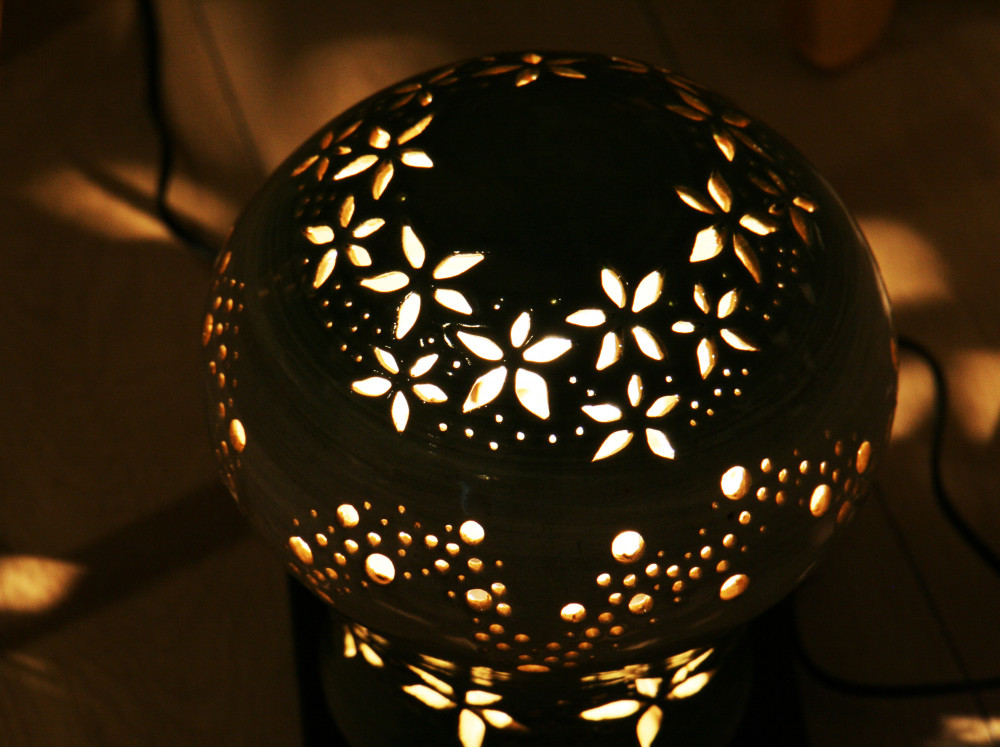
April 5, 2024

Café & Gallery Kiougama
Experience Kiougama traditional handmade pottery
By Metropolis
Pottery is one of Japan’s most ancient crafts and art forms, tracing its roots back to the Neolithic era. The country boasts a rich and enduring legacy in ceramic production, with earthenware creations dating as far back as the Jomon period (10,500–300 BC), making Japan home to one of the world’s oldest ceramic traditions. In a country that places special emphasis on ceramics in traditions such as the tea ceremony, ancient methods of ceramic production are still very much alive and well today.

One of the areas at the forefront of Japanese pottery tradition is Saga prefecture, which plays home to the city of Takeo. Takeo Kokaratsu ware, a variation of nearby Karatsu city’s karatusu ware, is one of the styles most synonymous with Japanese pottery and the wabi-sabi aesthetic. Traditionally crafted for everyday purposes like tableware, pitchers, and household essentials, Takeo Kokaratsu ware is produced in ancient “climbing” kilns which can be found scattered throughout Saga prefecture. Known in Japanese as nobori-gama, these large structures create unique atmospheric conditions that affect the colors and textures of the ceramics inside, making them popular among ceramic artists seeking distinctive and naturalistic designs.
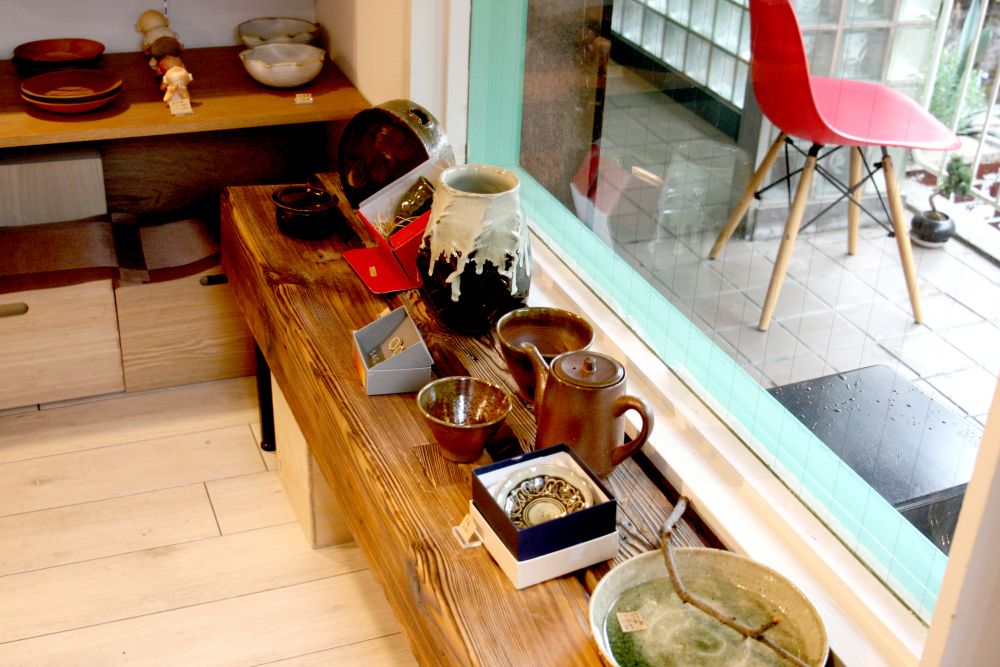
One such kiln based in Takeo is the Kiougama kiln which has been run by Suehiro Koga and his wife Hiroko since 1997. Handbuilt by Koga himself, the Kiougama kiln makes use of plants grown on-site such as ferns, cherry blossoms and mandarin oranges to produce a unique natural glaze on its pottery during the firing process. Making use of a combination of ancient tradition and technical exploration, Suehiro and Hiroko’s motto “maximize the fruits of nature and stick to handmade” shines through in their pieces available in Café Gallery Kiougama in Tokyo’s Akasaka.
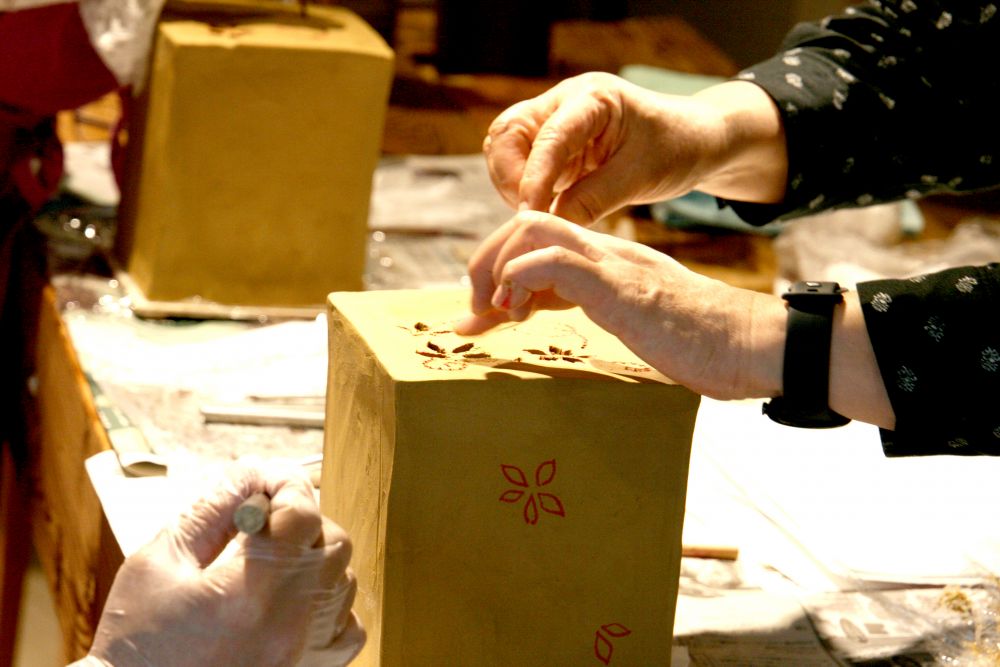
Inconspicuously shrouded in trees and vines, Café Gallery Kiougama is a veritable treasure trove of Kiougama kiln’s creations. The cafe and gallery’s owner, who fell in love with Koga’s unique pottery on a visit to Saga Prefecture, opened the space as a means for Tokyoites and visitors to the city to experience the pieces up close. From the tea incense burner in the corner to the wooden table—repurposed from a kominka (traditional Japanese house)—in the center, everything in the space is a testament to handmade tradition.
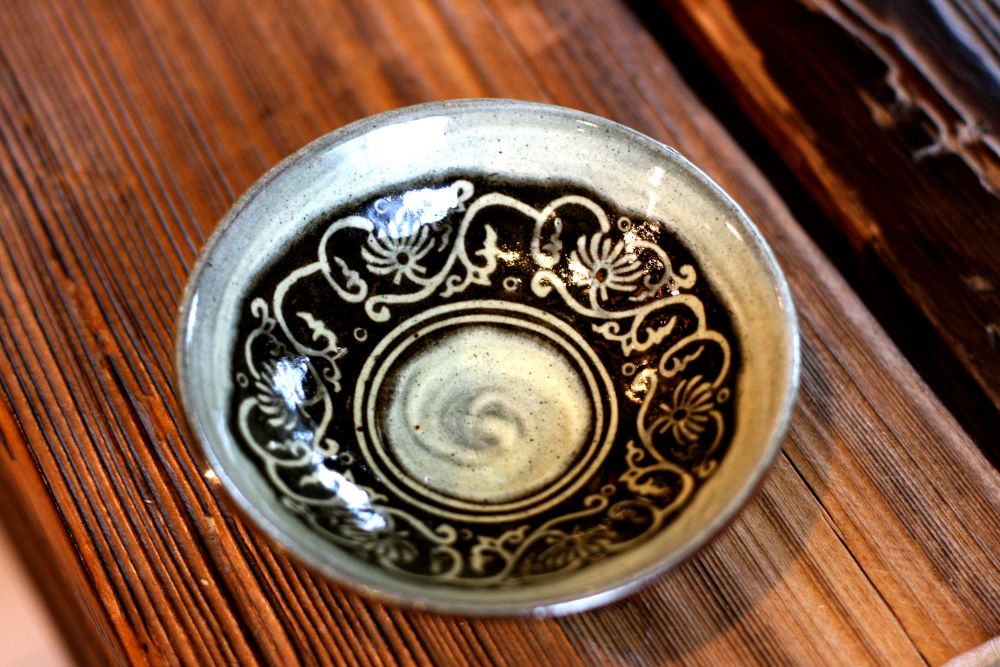
Once inside, visitors are invited to test out the space’s wares for themselves with a selection of green or lemongrass tea and sake also produced in Saga Prefecture. Offering regular workshops, the space is open to anyone—even the uninitiated—to experience Japanese pottery, pick up a souvenir, or simply relax with a drink in a space steeped in wabi-sabi and handmade beauty.
